Iron Boride Sputtering Target Description
An Iron Boride Sputtering Target is a ceramic material composed of iron and boron, commonly used in sputtering processes. This target is utilized for thin film deposition and various specialized applications due to its distinct properties.
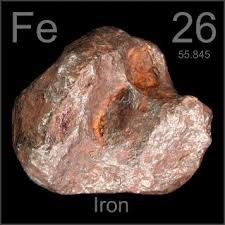 Iron, also known by its Latin name “ferrum,” has the chemical symbol “Fe” and an atomic number of 26. The name “iron” originates from the Anglo-Saxon word ‘iren.’ Iron has been used by humans since before 5000 BC. It is positioned in Period 4 and Group 8 of the periodic table, belonging to the d-block elements. The relative atomic mass of iron is approximately 55.845 Daltons, with the value in parentheses indicating a margin of uncertainty.
Iron, also known by its Latin name “ferrum,” has the chemical symbol “Fe” and an atomic number of 26. The name “iron” originates from the Anglo-Saxon word ‘iren.’ Iron has been used by humans since before 5000 BC. It is positioned in Period 4 and Group 8 of the periodic table, belonging to the d-block elements. The relative atomic mass of iron is approximately 55.845 Daltons, with the value in parentheses indicating a margin of uncertainty.
Related Product: Iron Sputtering Target
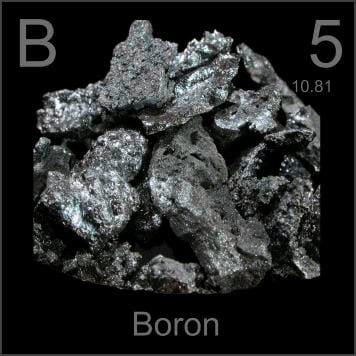 Boron, with the chemical symbol “B” and atomic number 5, derives its name from the Arabic word ‘buraq,’ referring to borax. It was first identified in 1808 by chemists Louis-Joseph Gay-Lussac and Louis-Jacques Thénard. The successful isolation of boron was later achieved and announced by Sir Humphry Davy. It is located in Period 2 and Group 13 of the periodic table, within the p-block of elements. The relative atomic mass of boron is approximately 10.811 Daltons, with the number in parentheses indicating a margin of uncertainty.
Boron, with the chemical symbol “B” and atomic number 5, derives its name from the Arabic word ‘buraq,’ referring to borax. It was first identified in 1808 by chemists Louis-Joseph Gay-Lussac and Louis-Jacques Thénard. The successful isolation of boron was later achieved and announced by Sir Humphry Davy. It is located in Period 2 and Group 13 of the periodic table, within the p-block of elements. The relative atomic mass of boron is approximately 10.811 Daltons, with the number in parentheses indicating a margin of uncertainty.
Iron Boride Sputtering Target Specification
| Compound Formula | FeB |
| Appearance | Gray solid |
| Density | 7.15 g/cm3 |
| Melting Point | ~1,650 °C |
| Available Sizes | Dia.: 1.0″, 2.0″, 3.0″, 4.0″, 5.0″, 6.0″ Thick: 0.125″, 0.250″ |
Iron Boride Sputtering Target Application
The Iron Boride Sputtering Target is employed in a variety of applications, including thin film deposition and decorative coatings. It is widely used in the semiconductor industry, display technologies, LED and photovoltaic device manufacturing, and functional coatings. Additionally, this material is significant in the optical information storage industry, glass coating for automotive and architectural glass, and optical communication technologies.
Iron Boride Sputtering Target Packing
Our Iron Boride Sputtering Targets are carefully tagged and labeled externally to ensure easy identification and stringent quality control. We take extensive precautions to protect these targets from any potential damage during storage and transportation, ensuring they remain in optimal condition.
Get Contact
TFM offers Iron Boride Sputtering Targets in various forms, purities, sizes, and prices. We specialize in high-purity thin film deposition materials with optimal density and minimal grain sizes, which are ideal for semiconductor, CVD, and PVD applications in display and optics. Contact Us for current pricing on sputtering targets and other deposition materials that are not listed.

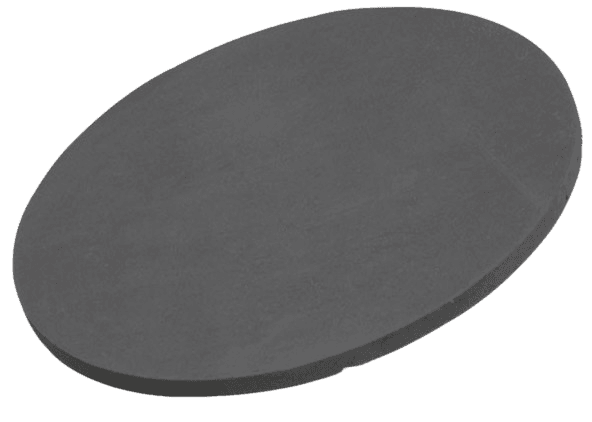

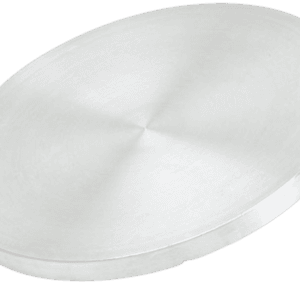
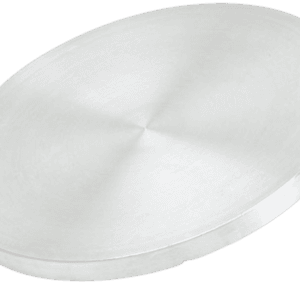
Reviews
There are no reviews yet.